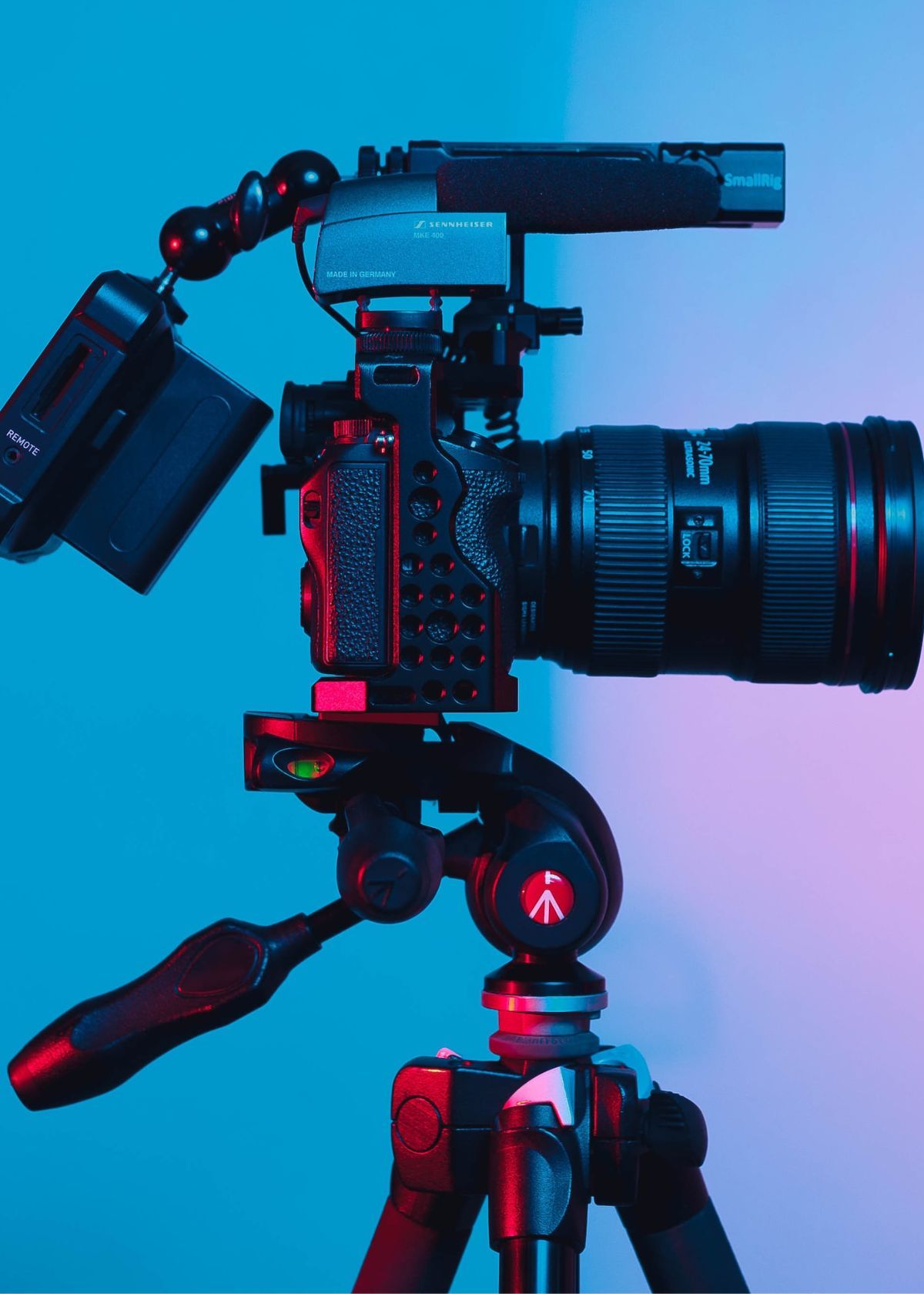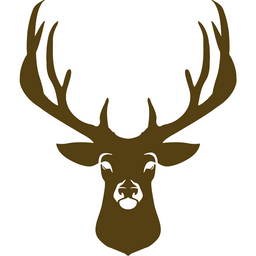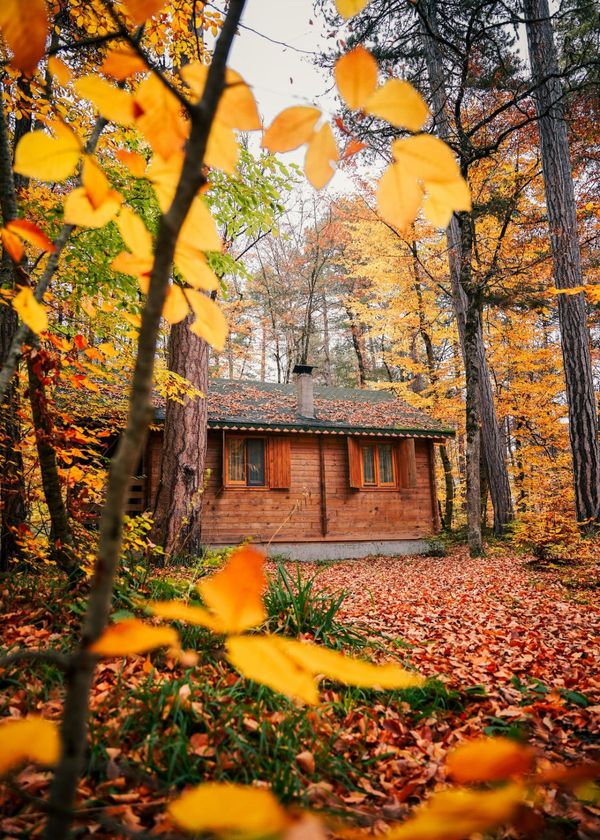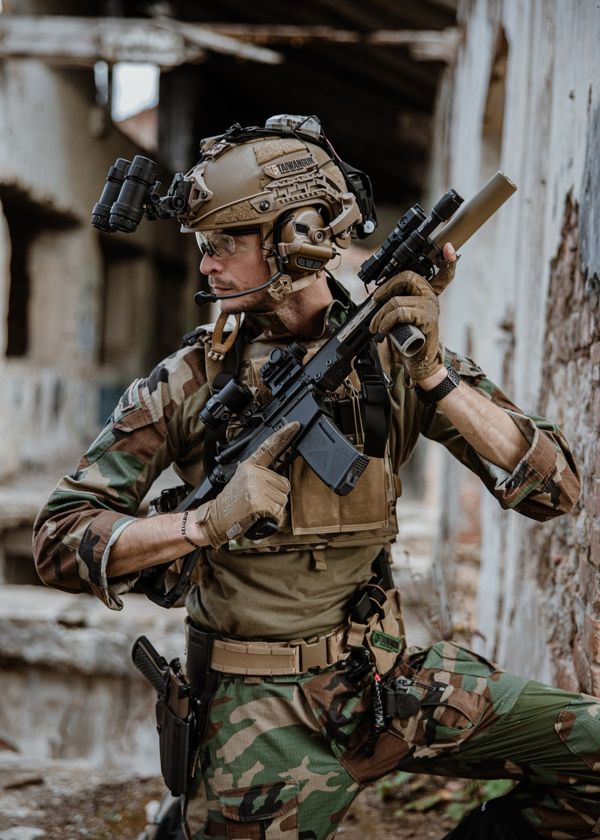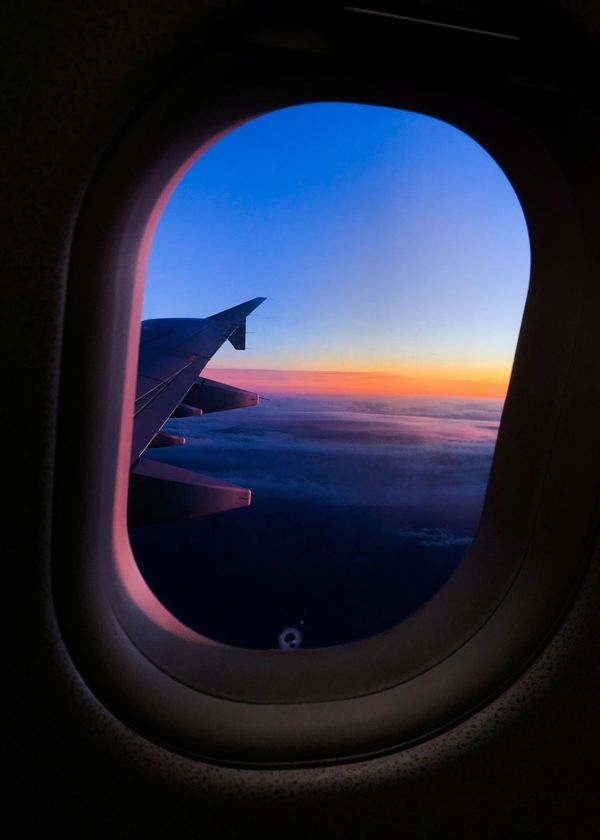Have you ever wondered why the tripod has 3 legs?
We'll let you in on a little secret - it's not just for looks! Tripods are essential for taking photos or videos that are free from motion blur.
That’s because the three legged design helps create stability, giving your equipment more support and balance than what one or two legs could provide.
With a good quality tripod, all of your pictures will be crystal clear, no matter which position you shoot them at!
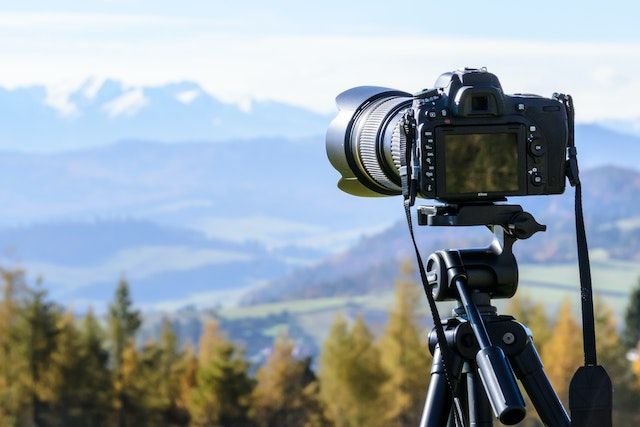
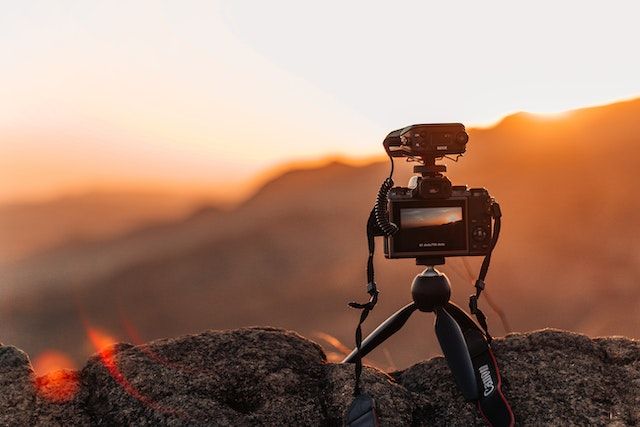
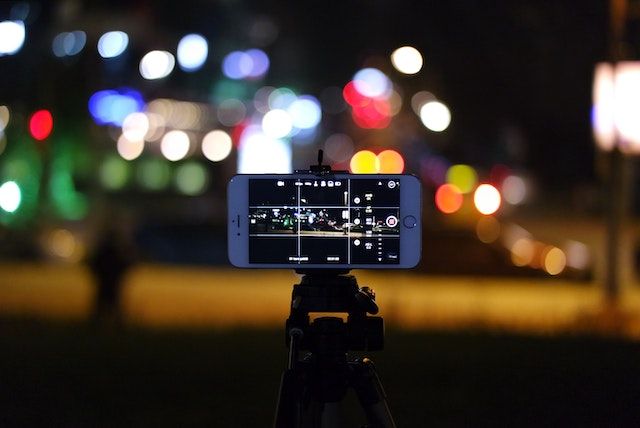
Benefits Of Using A Tripod
A tripod allows you to use a long exposure, i.e. a faster shutter speed of up to several seconds, without the risk of you moving. You can also use the flash to light up your subject while using a long exposure so that the background doesn't come out too dark.
It prevents camera shake from the operator, lifting the load of physical labor that can result in shaky photographs, especially during a prolonged shoot. A tripod can also help withstand elements such as wind.
When handholding a camera, the entire composition lies on your shoulders. When it's mounted to a tripod, it's almost as if the framing of the composition is decided for you. With this main decision out of the way, you can focus on making subtler changes to the angle and position.
Types Of Tripods
All-in-One
The least expensive and most portable tripods are all-in-one tripods that have the legs and heads permanently connected. These tripods are the right choice for most people’s first tripods.
Once you’ve spent some time with your all-in-one tripod, you might discover that it’s missing some feature you wish it had, such as a different type of head or more height.
Travel
Travel tripods compromise functionality for portability. Typically, they’re quite small, which makes them easy to store in a bag.
Look for a travel tripod that fits vertically in your carry-on bag without having to angle it sideways, where it would consume too much space in your bag.
Inexpensive travel tripods are made from plastic, while the higher-end travel tripods are made from carbon fiber.
Either way, they’re likely to be light enough that you’ll want to anchor the tripod for long exposures, such as those taken at night.
Studio
Studio tripods are strong, sturdy, and heavy. They’re definitely the best type of tripod to use, but they tend to be too cumbersome to travel with.
Everyone needs at least one travel tripod, and your travel tripod will probably be good enough for most uses around the house and in studio.
Therefore, we recommend starting with a travel tripod, and if it isn’t study enough, purchase a separate studio tripod for use when you don’t mind the size and weight.
Pocket tripods are optimized only for portability. Typically, they stand only 4-8 inches tall and are used for taking quick self-portraits.
Because they’re so low, they’re not designed for standing on the ground—you’ll need to find a table you can rest them on. They also don’t extend vertically, so how high or low your camera is held will be determined entirely by where you rest the tripod.
The problem with this is that you typically rest them on a table or counter, which is below eye-level. For self-portraits, this results in an uncomfortably low perspective that shows the underside of everyone’s chin, making people seem heavier than they are.
Pocket tripods are fairly useless except that you can literally keep them in your pocket or bag, so they’re great for carrying with you everywhere. There’s an old saying, “The best camera is the one you have with you.”
Monopods
Monopods are tripods with a single leg. They support the weight of your camera and virtually eliminate any camera shake; however, you can’t walk away from your camera.
They’re much lighter and easier to carry than a tripod, making them ideal for wildlife photographers who tire when holding a large telephoto lens, as shown in the following picture.
How Tripod Stability Works
A tripod is composed of three separate, interconnected legs that work as a single unit. The number of legs has been an important factor in creating the most secure and stable mount for cameras or other equipment.
With three legs, tripods provide the most support and stability and have become the industry standard when it comes to camera mounting. Tripod legs come in all shapes and sizes to fit any type of terrain or activity. Some are designed to be lightweight but durable, while others can be made up of heavier materials with more substantial hardware to provide extra stability.
Each leg typically has a rubber foot at the bottom that help to reduce slippage on slippery surfaces, while also protecting floors or delicate surfaces from scratches.
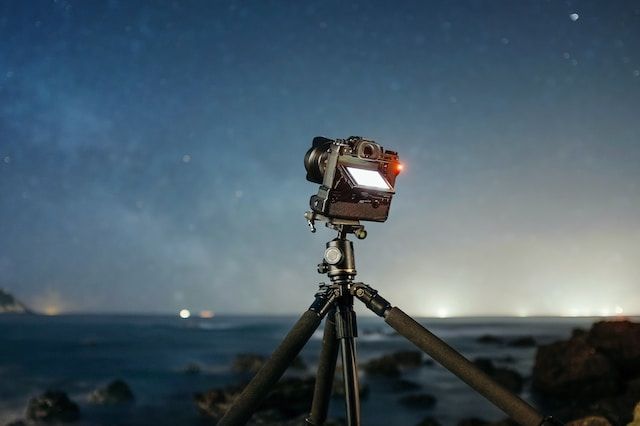
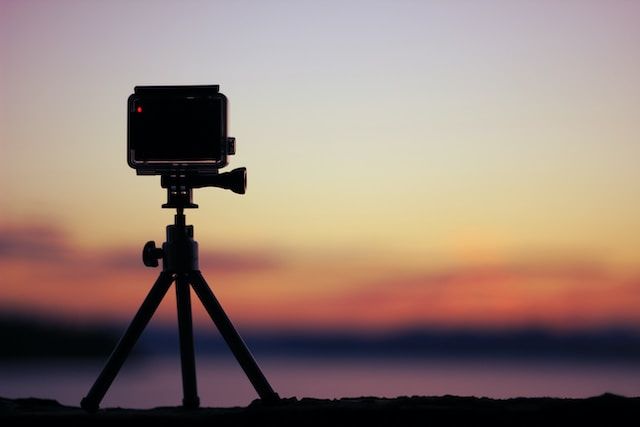
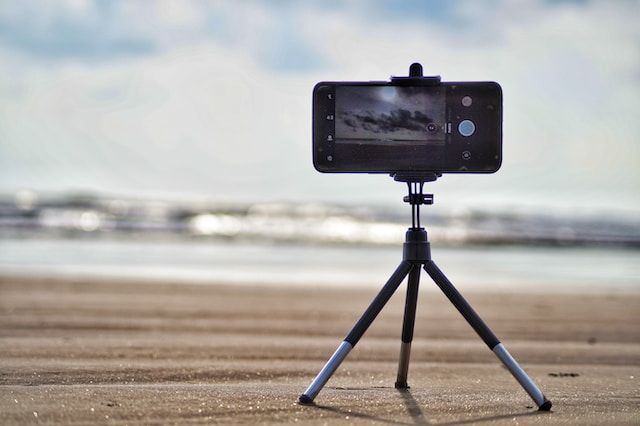
Tripod FAQs
You want to buy a tripod but don't know where to start.
Tripods can be confusing, and with all the different types available it's hard to know which one is right for you.
We've created this guide to answer the most frequently asked questions about tripods so that you can find the perfect one for your needs.
Can the tripod support the weight of my camera gear?
Yes, a tripod can support the weight of your camera gear. Tripods are designed to provide extra stability and support for heavier cameras and lenses, and they are typically made of either aluminum or carbon fiber to ensure durability.
A good tripod should be able to hold up to 11kg (25 lbs) of camera gear, so if your camera gear doesn't exceed that weight limit, you should be able to use a tripod successfully. Additionally, many tripods come with adjustable legs that enable you to adjust the height for optimal positioning, making them a great choice for any photographer.
What type of tripod should I buy?
The type of tripod you should buy will ultimately depend on your specific needs. A good starting point is to consider the size and weight of your camera, as well as the type of photography you plan on doing.
For example, if you plan on taking pictures at sporting events or in other low-light settings, then a heavier and sturdier tripod is often recommended. If you're shooting near water or in windy conditions, then look for tripods with extra stability to prevent movement from affecting your shots.
Additionally, if you're looking for portability then a lightweight compact tripod might be more suitable for you. Finally, think about the types of angles and shots that you plan on getting and choose an appropriate head for your tripod that fits those needs.
What do I need to know about tripods?
Tripods are essential tools for professional photographers and videographers. They enable users to achieve consistent and stable shots, even in challenging environments or with heavy camera equipment.
When choosing the right tripod for your needs, it is important to consider the type of camera you will be using and how much weight it will need to support. The construction of the tripod should be sturdy and durable, and it should come with adjustability features such as a center column and legs that can be independently adjusted to allow for versatile positioning.
Look for tripods with a quick-release plate that allows you to quickly attach or detach your camera gear so you can capture each shot at the right moment. Tripods also come with various mounting accessories such as clamps, heads, remote releases, and other attachments which make them even more versatile.
What is the best brand of tripod?
The best brand of tripod depends on the features you need and your budget. For photographers on a budget looking for an entry-level tripod, Manfrotto is a great choice. They offer lightweight models with sturdy construction, as well as flexible options with adjustable legs and heads.
If you need something more professional, Gitzo has high-end models made of carbon fiber that provides superior stability and durability. Their tripods come in different sizes, weights, and levels of support to suit a variety of needs.
Lastly, if you're looking for something ultra-lightweight and portable, Sirui is one of the top brands in the industry offering feather-light tripods made from aviation-grade magnesium alloy or carbon fiber.
How do I choose the right tripod for me?
When choosing the right tripod for you, it's important to consider factors such as the weight and size of your equipment, the types of shots you plan to take, and your budget.
Generally speaking, if you plan on shooting in low light or with heavier cameras and lenses, then a sturdier tripod with a greater load capacity is ideal. It's also important to consider tripods with adjustable legs for uneven terrain or even tabletop use. Tripods can come with features like ball heads, pan or tilt heads, or quick-release plates that make it easier to control camera angles and speeds.
Finally, before making any purchase decision it's essential to compare options based on price and quality for the best value.
From the many uses of tripods to the number of different options available, it's clear that having three legs on your tripod is incredibly beneficial.
By guaranteeing a level surface and stability, having three-legged tripods are much more reliable than trying to manage a two legged system, which can often lead to frustrated photographers and blurred images.
Whether you're an experienced photographer or just starting out, investing in a tripod with three legs can be immensely helpful for taking top-notch shots every time.
We've done the research so you don't have to! To browse our Top Picks for Best Tripod Case please click the link below!
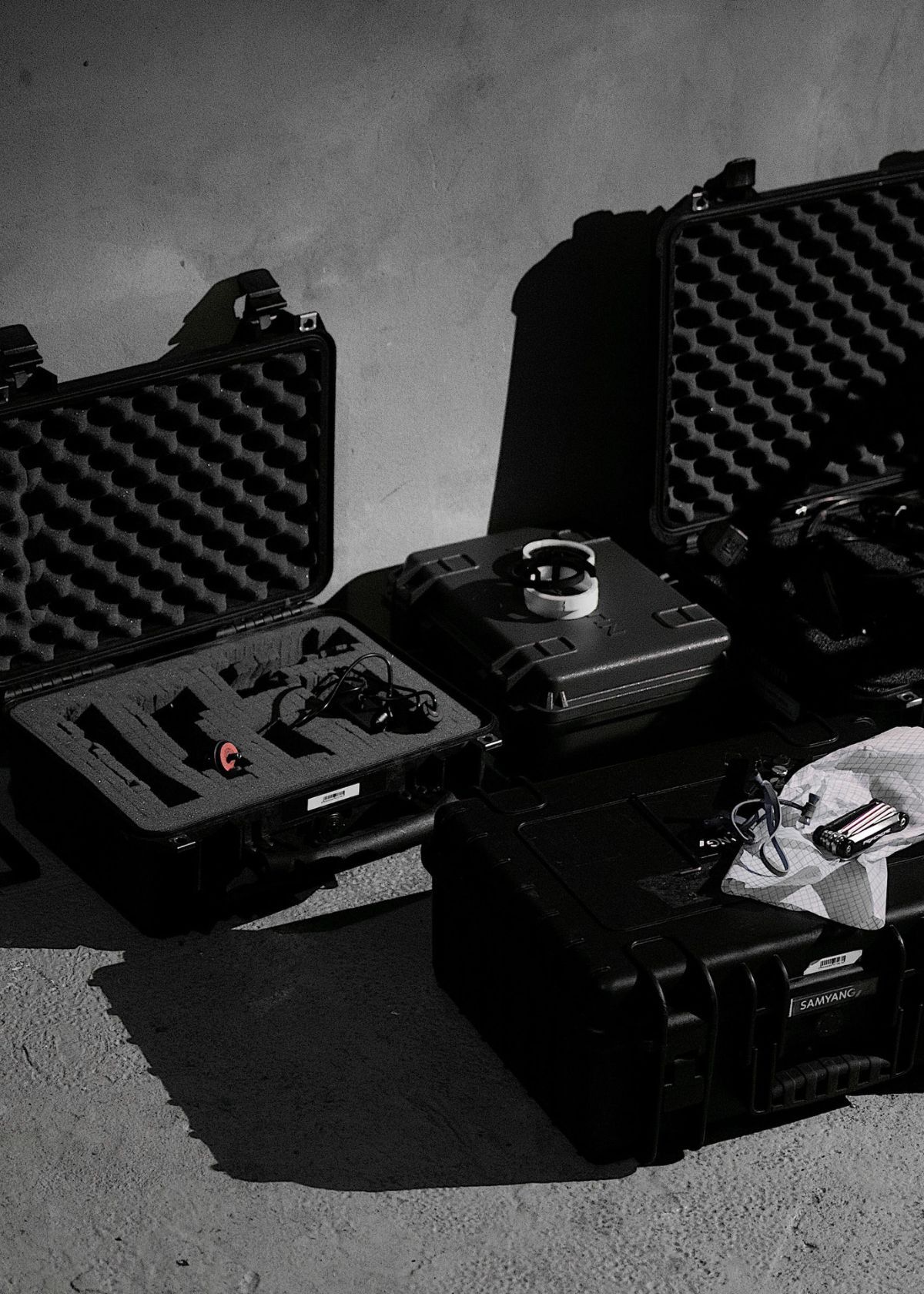
Your Friends,
LoveNatureReviews Team


